How to Create a Garden Journal to Track Growth Next Year for Better Harvests and Fun Gardening Tips
Ever forget which seeds you planted where, or wonder why your tomatoes did better last year? A garden journal can help you keep track of all the little details that make a big difference in your gardening success.
Recording your gardening journey lets you notice patterns, remember what worked, and spot areas for improvement. It turns everyday notes into a personal guide for each season.
Choose a durable, weather-resistant notebook
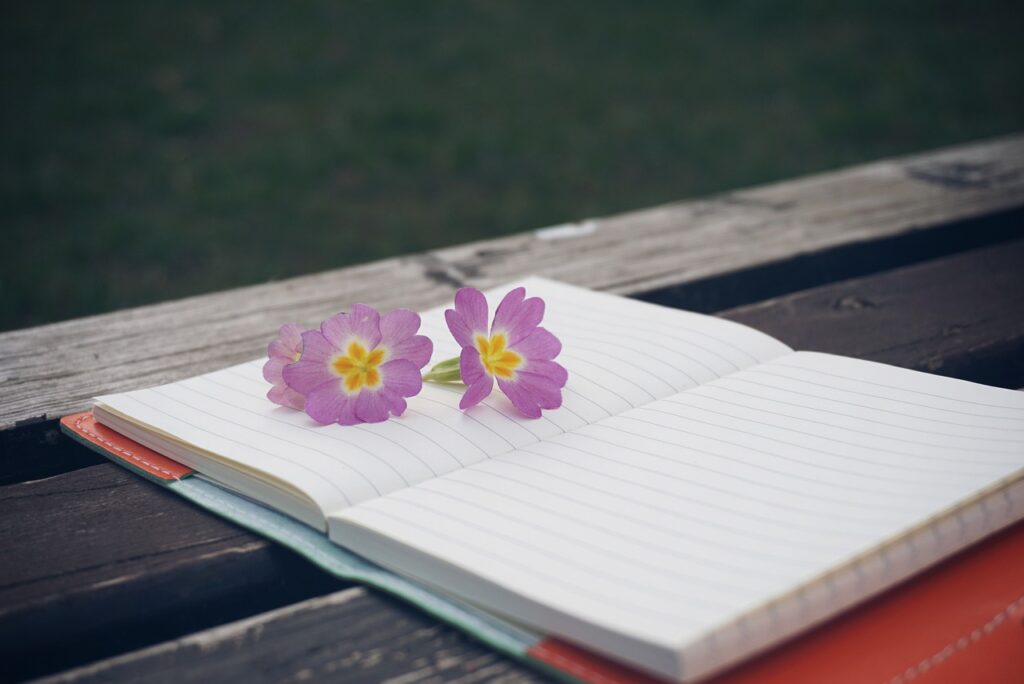
Gardening can get messy, so pick a notebook that can handle dirt, rain, and sun. A sturdy cover and water-resistant pages keep your notes safe.
Smudge-proof pens are also a good idea, especially if you jot things down while working outside. This keeps your writing clear even when your hands are damp.
Make sure your journal has enough space for planting dates, weather notes, and plant growth updates. Tracking these details helps you learn what works in your garden.
A reliable notebook makes it easy to look back on your progress and plan for next year. For more on choosing garden planners, check out how to track your garden like a pro.
Record planting dates for all seeds and transplants

Write down the date you plant each seed or move a seedling outside. This makes it easier to see how long each plant takes to grow.
Noting whether you started seeds indoors or planted them directly helps you understand their needs. If you move a plant or try something new, record that change too.
Leaving space for updates lets you track how your plants respond to different spots or weather. Comparing your notes from year to year gives you a head start on next season.
You can use a simple notebook or try a garden planner and journal for more structure.
Note weather conditions weekly

Jotting down weekly weather helps you see how changes affect your plants. Record temperatures, rainfall, frost dates, and any big storms.
Knowing when the first and last frost happens helps you time your planting and protect your garden. Noting heavy rain or dry spells alerts you to watering needs.
Weather notes reveal patterns that help you make better choices next year. For more tips, check out this guide on how to keep a garden journal.
Track pests and diseases spotted
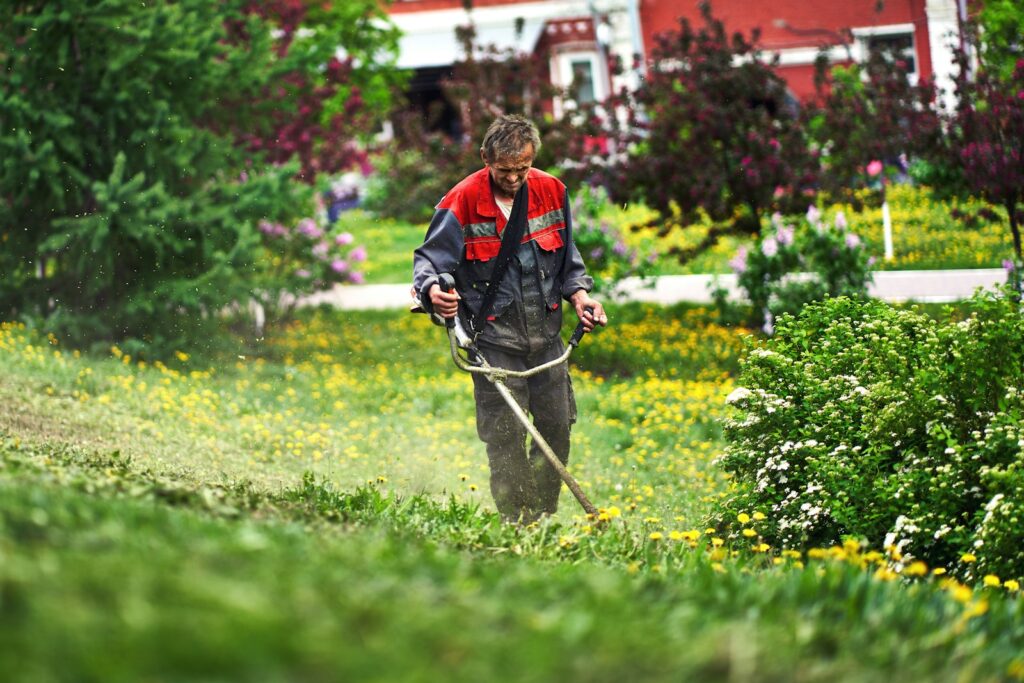
When you notice bugs or signs of disease, write it down right away. Note the date and what you see, like squash bugs or mildew.
Record how you deal with the problem, whether it’s a spray or picking off leaves. This helps you remember what worked if the issue comes back.
Weather changes can make some pests worse, so keep an eye on conditions too. A clear record helps you act faster next time.
For more on tracking garden problems, see this guide on how to start a garden journal.
Log growth milestones and bloom times
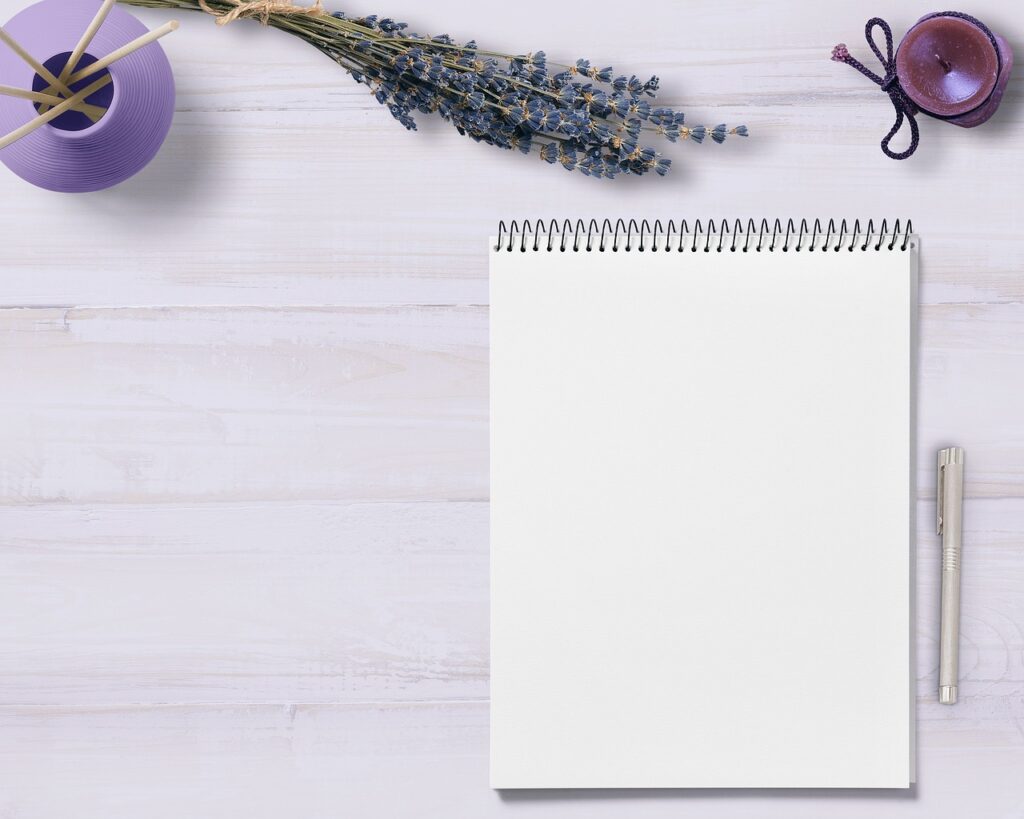
Celebrate your garden’s progress by noting big moments, like when seeds sprout or flowers open. These milestones show how your plants are doing.
Write down when each plant blooms and when the flowers fade. This helps you spot patterns and plan better for next year.
Watching bloom times from season to season can reveal how weather affects your garden. Keeping these notes helps you adjust your care as needed.
For more tips, check out this guide on keeping a garden journal.
Include sketches of garden layouts

Drawing a quick map of your garden gives you a bird’s-eye view of where everything goes. Use blank pages to sketch beds, paths, and plant locations.
Add in fences, trees, or shady spots to remember how your space is set up. This helps you avoid crowding and gives sun-loving plants the best spots.
Graph paper or planning apps can help if you want more precise layouts. Sketches let you try new ideas before moving anything in the dirt.
Changing your layout on paper first saves time and effort. For more layout tips, check out ideas at NC State Extension Publications.
Add soil condition observations

Take a moment to feel your soil and write down what you notice. Is it loose and crumbly, or packed tight?
Record any soil tests, like pH or nutrients, along with the date and results. This helps you track changes over time.
If you add compost, mulch, or other amendments, note what you used and when. Watching how your plants react can tell you if your soil needs more help.
These details make it easier to spot problems early and keep your garden healthy. For more on tracking soil, visit Garden Journaling Ideas: Tracking Plant Growth and Care.
Create yearly to-do lists based on observations

Flip through your notes from this season and see what stood out. Did certain months bring more pests or bigger blooms?
Use what you learned to make monthly to-do lists for next year. If you noticed a problem in June, plan to check for it earlier next time.
Break tasks into simple steps like starting seeds, pruning, or checking for bugs. Lists based on real observations keep you organized and focused.
You can find helpful templates in this garden planner & gardening journal template.
Write reflections on what worked and what didn’t

Take a few minutes to jot down what surprised you or made you smile in your garden this year. Maybe a new plant thrived or a different watering routine helped.
Be honest about what didn’t go as planned. If a plant struggled or pests took over, write it down so you can try something new next season.
Details help—note if tomatoes got too much shade or if the soil dried out in midsummer. Short reflections give you clear steps for improvement.
Keeping your notes simple makes it easy to stick with journaling year after year. For more on reflecting, check out guides on writing your garden reflection and garden year-end review.
Use smudge-proof pens for outdoor writing
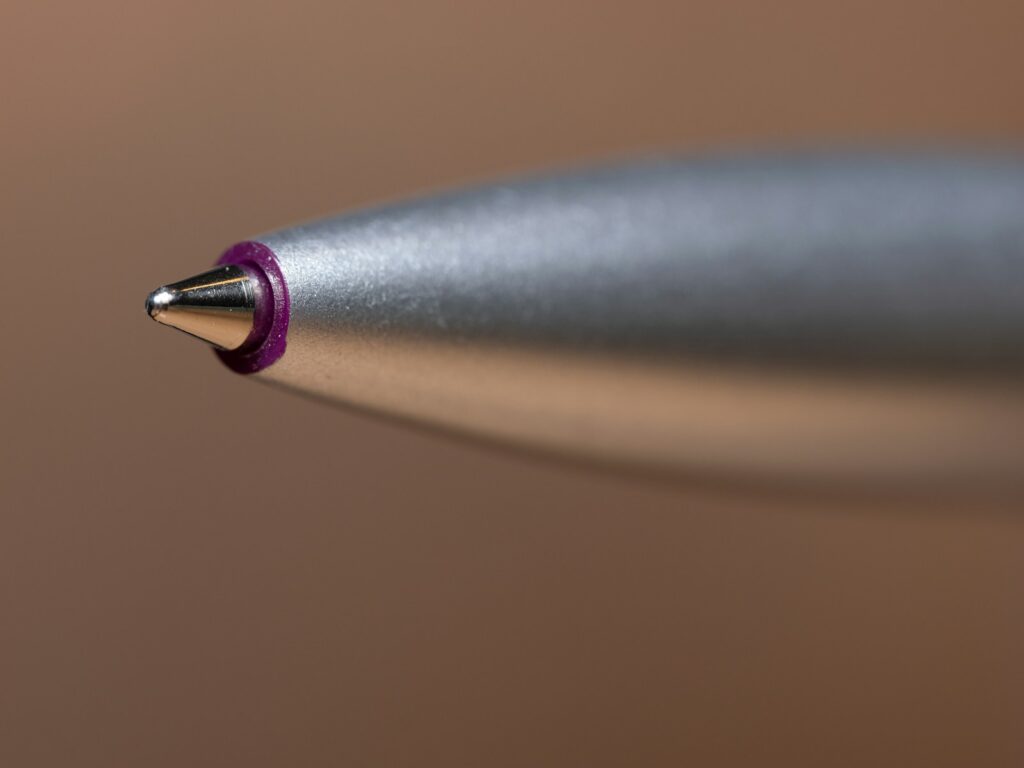
Gardening means working outside, sometimes in less-than-perfect conditions. Smudge-proof pens keep your notes readable even if your hands get wet or dirty.
Look for pens designed to handle rain and sun. They’ll keep your writing crisp on different types of paper.
A good pen lets you quickly jot down planting dates or weather changes without worrying about smears. For pen ideas, check out best markers and pens for outdoor plant labels or Empress of Dirt.
Why Garden Journaling Matters

A garden journal is more than a notebook—it’s a way to remember what you tried, what worked, and what you want to change. It helps you plan ahead and feel more confident each season.
Benefits for Seasonal Planning
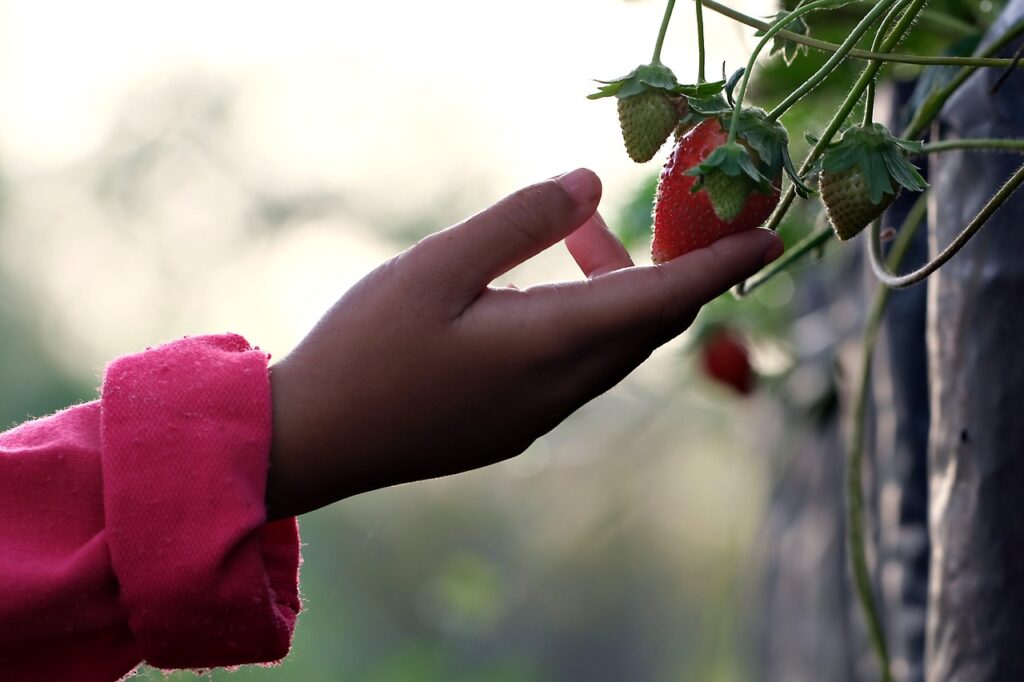
Tracking when you plant, when things bloom, and when you harvest makes it easier to plan your garden tasks year after year. You’ll know what supplies to have ready and avoid last-minute scrambles.
Weather notes and observations help you prepare for surprises, like late frosts or sudden heatwaves. You can adjust your care routines based on real experience.
Having a record makes watering, fertilizing, and pruning more manageable. You’ll have a clear schedule that fits your garden’s needs.
Noticing Patterns in Plant Growth

Writing down growth stages shows you patterns you might miss otherwise. Some flowers may always bloom early, while others take their time.
These notes help you pick the best plants for your space and climate. You’ll spot problems sooner, like recurring diseases or plants that don’t like a certain spot.
Your journal becomes your personal gardening guide, helping you grow healthier plants and enjoy your garden more each year.
For more on why garden journaling is helpful, see How to Keep a Garden Journal – Better Homes & Gardens.
Personalizing Your Garden Journal
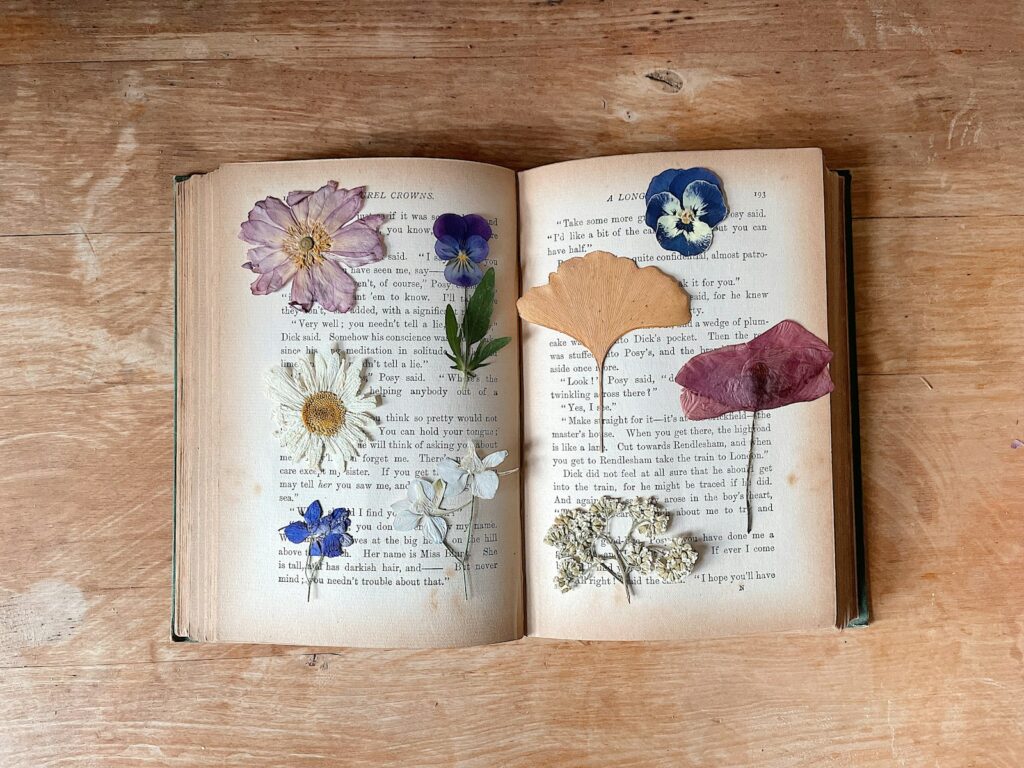
Making your garden journal your own keeps you motivated and makes tracking progress more fun. Creative layouts and visual touches can help you stay organized.
Creative Layout Ideas

Pick layouts that fit your style and what you want to remember. Try weekly or monthly calendars for planting and harvesting.
Tables are great for tracking plant types, dates, and growth notes. Checklists help you remember watering, fertilizing, and pest checks.
Mood or weather charts can show how conditions affect your plants. Use colors or symbols to highlight successes or challenges so you can spot trends at a glance.
Incorporating Photos and Sketches
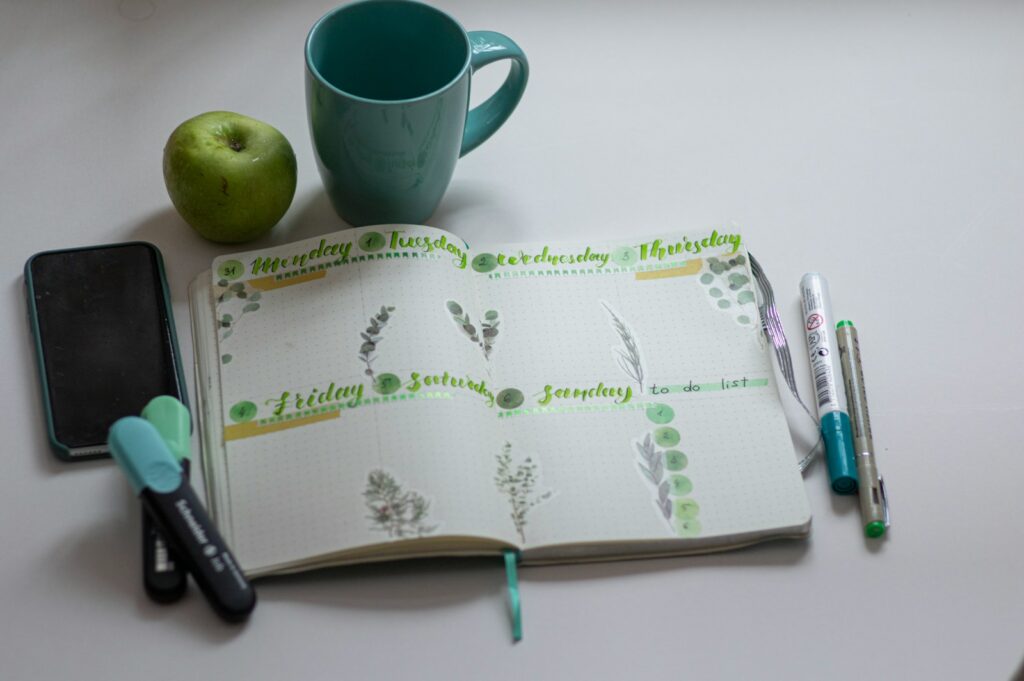
Ever wish you could look back and see just how much your garden has changed? Adding photos and sketches lets you capture those memories and spot changes you might have missed.
Try snapping pictures of your plants as they grow. This way, you can track progress and catch any issues before they get out of hand.
Sketching your garden layout or specific plants is also a great way to plan your space. Even quick drawings of leaves or flowers help you remember details you might otherwise forget.
You can glue in printed photos, use stickers, or tape in your sketches right onto the journal pages. Mixing images with your notes makes your gardening story truly your own.







